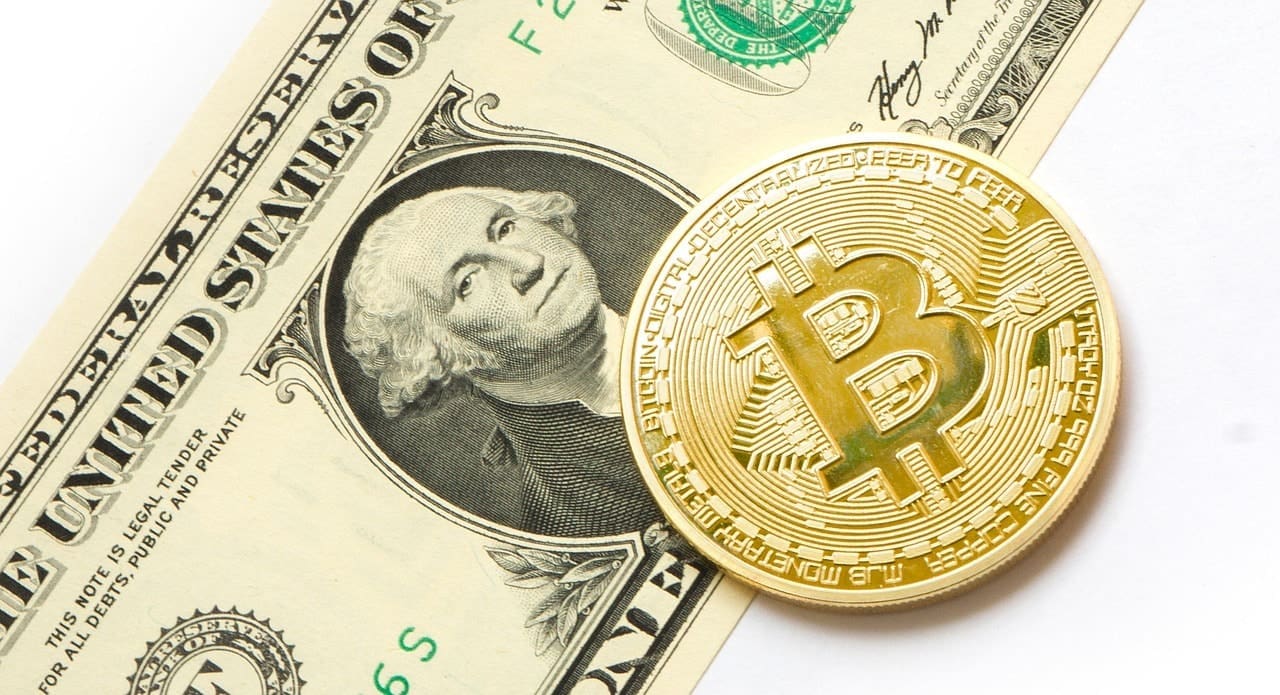Buying and Selling Bitcoins on Peer-to-Peer Marketplaces
Bitcoin, over the past years, has had a lot of time to develop. It’s completely different from when it first came out in 2009. Now, there are new, safe, and cost-efficient ways to buy bitcoin and use it to earn a profit. Buying and Selling Bitcoins has never been easier.

There’s also one other sector in which bitcoin has developed: storage. Now, there is a specific bitcoin wallet for each trading style—making bitcoin storage efficient alongside trading.
However, there is one major development in bitcoin trading that goes unnoticed a lot of the times: methods of trading. Since bitcoin’s creation, most bitcoins were bought and sold on traditional bitcoin exchanges. Although those exchanges remain to be more popular and more used in the bitcoin community, a new challenger has arrived: peer-to-peer bitcoin marketplaces. Although the end-goals of each type of exchange remains the same, the methods drastically differ.
Traditional Bitcoin Exchanges vs. Peer-to-Peer Bitcoin Marketplaces
Buyers and sellers are matched via order books, in a traditional bitcoin exchange. The platform acts as a middleman matching traders to help them complete the trade. In turn, little to no interaction happens between the buyer and the seller. This makes the process somewhat more anonymous and more appealing to new investors.
Peer-to-peer marketplaces, just like traditional bitcoin exchanges, also match buyers and sellers via order books. However, instead of acting as a middleman, the platforms only interfere when there is a dispute. This means that buyers and sellers coordinate amongst themselves to complete the trade.
Compared to traditional bitcoin exchanges, peer-to-peer marketplaces personalize the trading experience—and this can be either good or bad, depending on your personal trading preferences.
Peer-to-Peer Marketplaces and the Personalization of Trade


Despite peer-to-peer marketplaces being the less popular option between the two, the use of these platforms has been on the rise in recent years—the personalization of the trade is seen as a benefit to many.
There are many features of peer-to-peer marketplaces that personalize the trade. There are hundreds of payment methods. Since users on these types of platforms are basically bartering for bitcoin, sellers have the option to choose what payment method they want—whether that be gift cards, bank transfers, cash, and many more.
Since traders coordinate amongst themselves to complete the trade, there needs to be a means of communication, and on peer-to-peer marketplaces, there is usually a live chat feature. With this live chat, Bitcoin traders can talk with one another in real-time and clarify any payment details needed.
Another feature that personalizes the trading experience is the ability to set preferences. As a buyer, you can set preferences such as currency, payment method, and sometimes even location. Once you set these preferences, the platform will show you offers that best suit your preferences. As a seller, you have the ability to create offers. When creating offers, there are personal preferences you can set such as profit percentage (how much you’ll be earning on the trade), payment window (how long the trade is going to stay up before it expires), payment method (what you want to receive for your bitcoin), location (where you want your buyer to come from), and much more.
Along with these features are security protocols that make sure that you’re having the safest trading experience possible. Escrow services, customer support teams, KYC (depending on the platform), and 2FA are among the security measures that these platforms enforce to ensure trade safety.
Why You Should Consider Buying and Selling Bitcoins on a Peer-to-Peer Marketplace
The nature of trading on peer-to-peer marketplaces allow trades to be more cost-efficient. On traditional bitcoin exchanges, the platform acts as a middleman that helps the traders complete the transaction. However, the help that the platform gives doesn’t come for free. In most cases, traditional bitcoin exchanges will charge extra for helping the traders. Since peer-to-peer marketplaces rarely interfere with the transactions, the fees are generally much lower. Although peer-to-peer marketplaces can seem a little intimidating, they’re actually quite easy to use—you just need time to get used to it.
Along with its cost-efficiency, traders around the world are starting to use peer-to-peer finance as bitcoin’s vehicle. Peer-to-peer finance is allowing people to see new real-use cases for bitcoin, including easier payments (making payments locally and abroad), sending remittances (as cheaper alternatives to traditional methods), and wealth preservation (bitcoin as a shield against inflation). Through these use-cases, bitcoin is becoming more than just a tool for investment. It’s becoming a means of survival and a financial passport for people that need it the most.
Nevertheless, if you haven’t tried trading on a peer-to-peer marketplace, give it a shot. Although neither type of exchange is better than the other, some people may be more suited for peer-to-peer marketplaces (at the same time, some people may also more suited for traditional bitcoin exchanges). If you’re interested, try investing a small amount, and if you like trading on the platform, you can move on to investing larger amounts. There’s only one way to find out—you’re going to have to give it a shot.




